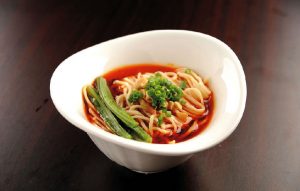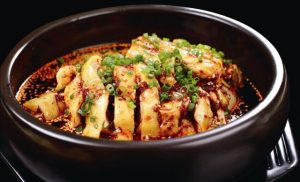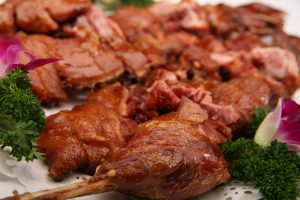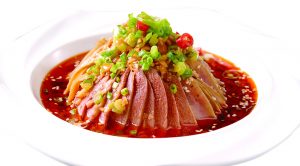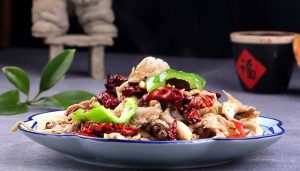
Of the Eight Great Culinary Traditions of Chinese Cooking, Sichuan cuisine is arguably the most popular. Thanks to its liberal use of fiery chillies and Sichuan peppercorns, most people immediately characterise it by its unparalleled levels of spiciness, but there’s so much more to it than that. As an old local saying goes: “one dish, one flavour; one hundred dishes, one hundred flavours”. Although many of the most famous Sichuanese dishes are spicy, the cuisine itself is renowned for its numbing, sour, salty, tender, umami, and sweet flavours, which are typically intermingled to create a symphony of taste.
In fact, Sichuan cuisine didn’t even acquire its most notorious ingredient, the red chilli, until about 400 years ago. According to historical records, during the Three Kingdoms Period (220-280 AD), the region roughly known as modern-day Sichuan province was famed for its sweet food. During the Jin Dynasty (265-420), pungent dishes that were rich in ginger, garlic, onions, mustard greens, and spring onions became more popular. It was only during the 16th century, when Portuguese sailors finally introduced chillies from South America into China, that Sichuan cuisine developed into the spicy sensation we know today.
Since hot chillies are believed to open up the pores and drive out internal dampness, they became particularly popular in Sichuan province, which suffers from high humidity in summer and rainy or overcast weather throughout the year. The cuisine’s other signature ingredient, the Sichuan peppercorn, adds a unique lemony tang to each dish and creates a tingly, numbing sensation in the mouth. Unlike other famous regional cuisines, which were conventionally reserved for the upper class and wealthier members of society, Sichuan cuisine was eaten by nobles and peasants alike. So, if you want to truly live like the common people, be sure to try a few of these signature dishes!
Twice-Cooked Pork (回锅肉)
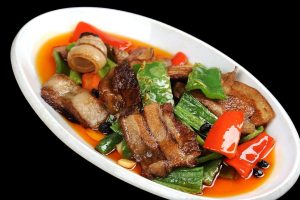 Twice-Cooked Pork is so-named because the dish’s main ingredient, the sumptuous pork belly, is simmered, left to rest, and then stir-fried. In short, this is a dish so nice they cooked it twice! In order to make it, the pork belly steak is first simmered whole in water with a mixture of spices, such as ginger, star anise, cloves, and salt. The meat is then refrigerated to firm it up before it is delicately cut into thin slices.
Twice-Cooked Pork is so-named because the dish’s main ingredient, the sumptuous pork belly, is simmered, left to rest, and then stir-fried. In short, this is a dish so nice they cooked it twice! In order to make it, the pork belly steak is first simmered whole in water with a mixture of spices, such as ginger, star anise, cloves, and salt. The meat is then refrigerated to firm it up before it is delicately cut into thin slices.
These slices are stir-fried in a wok with a plethora of vegetables, such as white cabbage, bell peppers, onions, and spring onions, along with an aromatic sauce made from Shaoxing rice wine, soy sauce, ginger, sugar, and doubanjiang or broad bean chilli paste. Much like Tea-Smoked Duck, this dish is mild rather than spicy and harkens back to Sichuan’s ancient past, as it was popular in the region as far back as the Qin Dynasty (221-206 BC). Nowadays this dish is a staple throughout homes in the province, and is rich with home-cooked flavours that offer an authentic taste of Sichuan.
Mapo Tofu (麻婆豆腐)
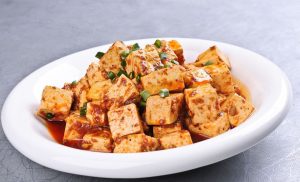 We’re heading out of the frying pan and into the fire with this notoriously spicy dish! Mapo Tofu, which literally translates to mean “Pockmarked Granny Tofu”, is one of Sichuan’s hottest signature dishes and was supposedly so-named because it was created by a famously pockmarked old woman whose name has been tragically lost in the annals of time. Cubes of silken tofu are suspended in a bright red sauce made from red chillies, Sichuan peppercorns, chilli oil, garlic, Shaoxing rice wine, and broad bean chilli paste, along with pork mince, water chestnuts, onions, wood-ear mushrooms, and a variety of other vegetables.
We’re heading out of the frying pan and into the fire with this notoriously spicy dish! Mapo Tofu, which literally translates to mean “Pockmarked Granny Tofu”, is one of Sichuan’s hottest signature dishes and was supposedly so-named because it was created by a famously pockmarked old woman whose name has been tragically lost in the annals of time. Cubes of silken tofu are suspended in a bright red sauce made from red chillies, Sichuan peppercorns, chilli oil, garlic, Shaoxing rice wine, and broad bean chilli paste, along with pork mince, water chestnuts, onions, wood-ear mushrooms, and a variety of other vegetables.
As one of the most popular and simplest dishes in the Sichuan canon, it is surprisingly easy to find both inside and outside of China. That being said, you’ll have to go to the source if you want to experience authentic, fiery Mapo Tofu. While it is undeniably spicy, it offers up a smorgasbord of flavours and has been described by chefs as numbing, fresh, tender, soft, aromatic, and even flaky. With so much going on, you’re sure to feel tongue-tied after trying this diverse dish!
Water-Cooked Fish (水煮鱼)
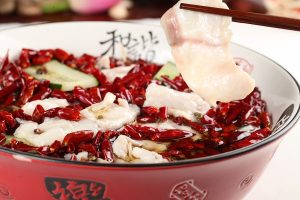 Shuizhu or “water-cooking” is a popular method employed in Sichuan cuisine, and is primarily used to retain the sumptuous moistness of meat. While Water-Cooked Beef is the more common dish, Water-Cooked Fish offers up slices of fresh white fish that absorb the multifarious flavours of the sauce and simply melt in the mouth. The flesh of the fish is first rubbed in starch and a little salt before being poached in water for about 30 seconds, just enough time to remove the rawness while still preserving the meat’s natural tenderness.
Shuizhu or “water-cooking” is a popular method employed in Sichuan cuisine, and is primarily used to retain the sumptuous moistness of meat. While Water-Cooked Beef is the more common dish, Water-Cooked Fish offers up slices of fresh white fish that absorb the multifarious flavours of the sauce and simply melt in the mouth. The flesh of the fish is first rubbed in starch and a little salt before being poached in water for about 30 seconds, just enough time to remove the rawness while still preserving the meat’s natural tenderness.
Once it has been poached, the meat is placed in a serving dish with a hearty helping of boiled vegetables, such as bean sprouts, white cabbage, and mushrooms. Dried chillies, Sichuan peppercorns, chopped garlic, and broad bean chilli paste are then sprinkled over the meat. Finally, vegetable oil is heated in a wok until it is nearly smoking before being poured over the meat and vegetables. The result is a veritable volcano of hot and tangy flavours, which are perfectly complemented by the soft texture of the fish.
Fish-Fragrant Eggplant (鱼香茄子)
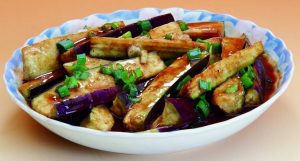 Before you start to think there’s something fishy going on, think again! The term yuxiang or “fish-fragrance” refers to a particularly kind of sauce that originates from Sichuan cuisine. The sauce itself doesn’t actually contain any seafood and doesn’t even really smell of fish. The name is instead derived from the fact that many of the seasonings in the sauce were based on ingredients traditionally used to cook fish.
Before you start to think there’s something fishy going on, think again! The term yuxiang or “fish-fragrance” refers to a particularly kind of sauce that originates from Sichuan cuisine. The sauce itself doesn’t actually contain any seafood and doesn’t even really smell of fish. The name is instead derived from the fact that many of the seasonings in the sauce were based on ingredients traditionally used to cook fish.
The famed sauce is made by sautéing a basic mixture of garlic, spring onions, and ginger, which is further enhanced by adding sugar, salt, doubanjiang or broad bean chilli paste, pickled red chillies, and soy sauce. These ingredients are fried in oil until they become fragrant. Water, starch, sugar, and vinegar are then added to thicken the sauce before it is ladled over chunky slices of braised eggplant. The soft texture of the eggplant means it absorbs the sauce beautifully, making for a mildly spicy dish that glances off the tongue.
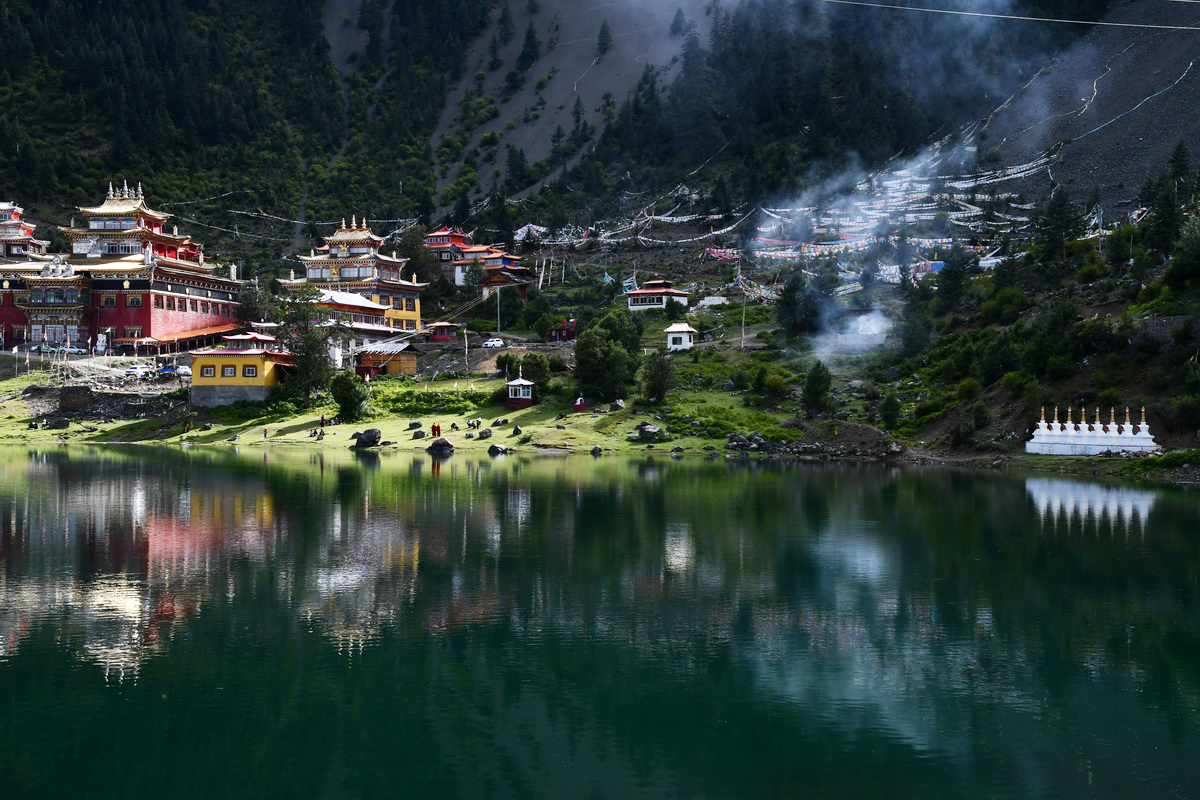
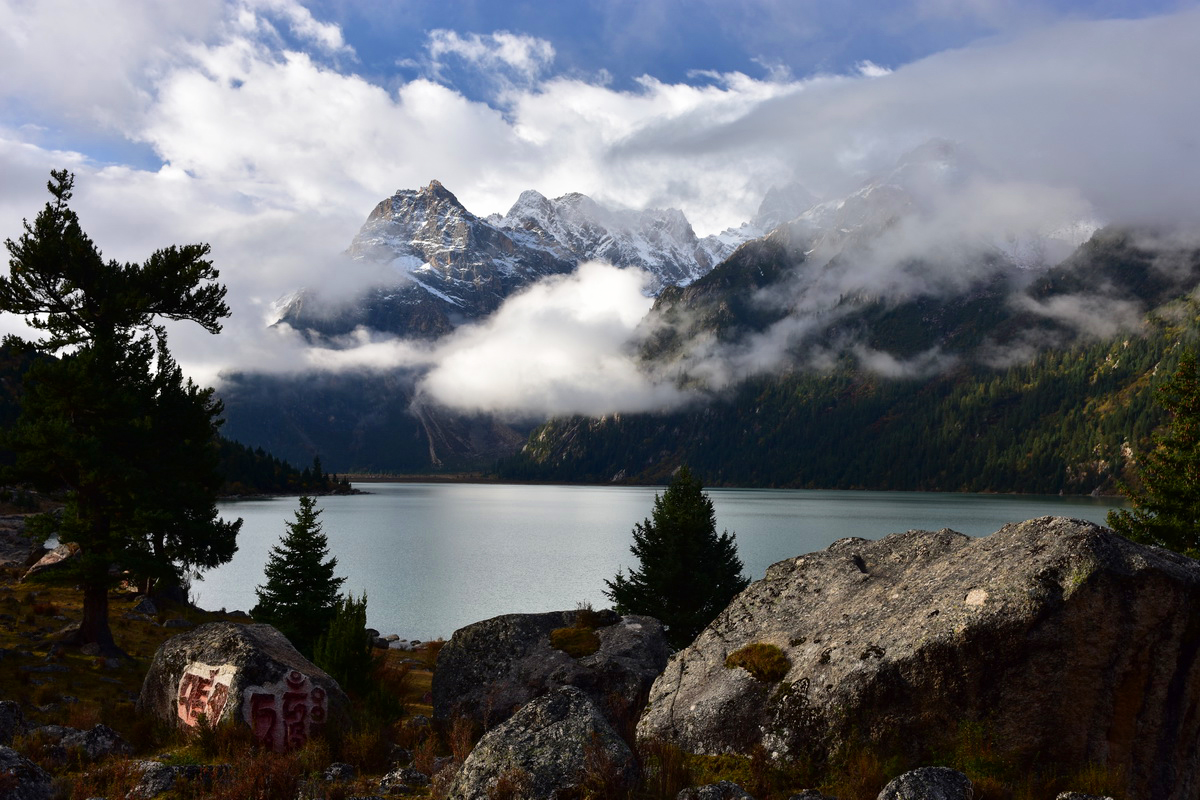
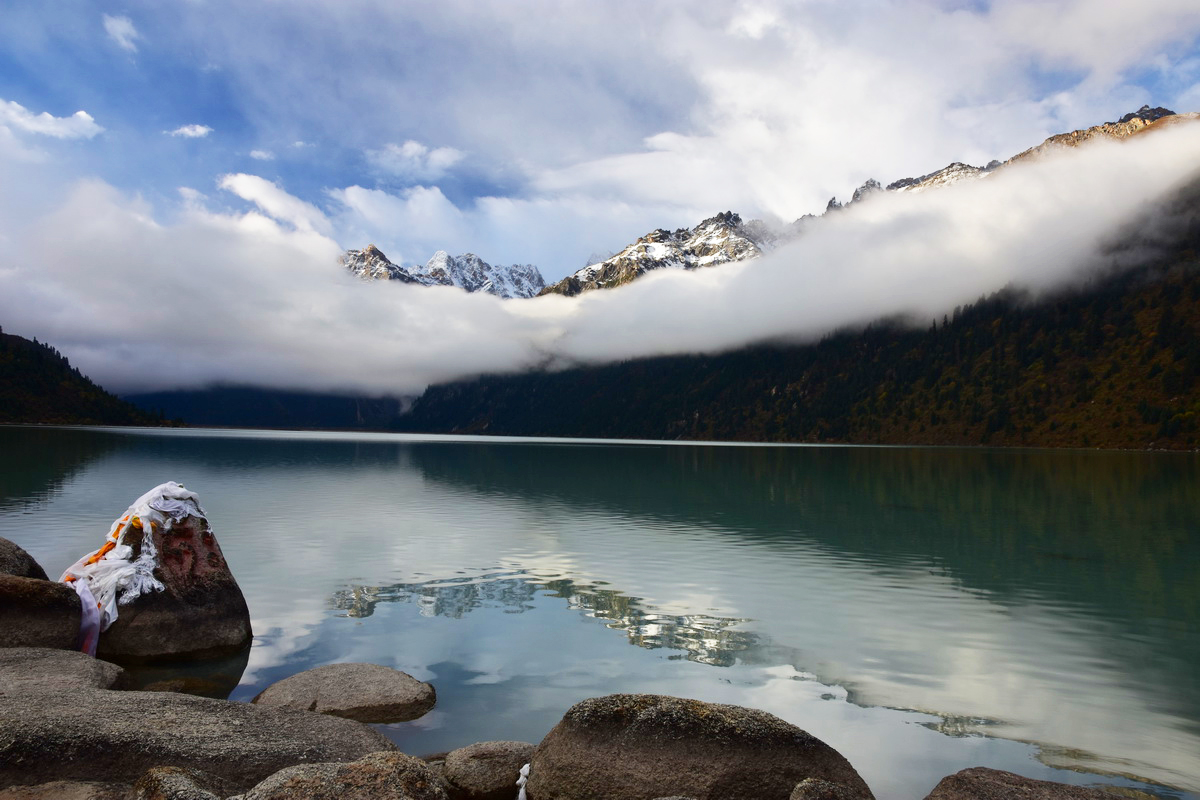
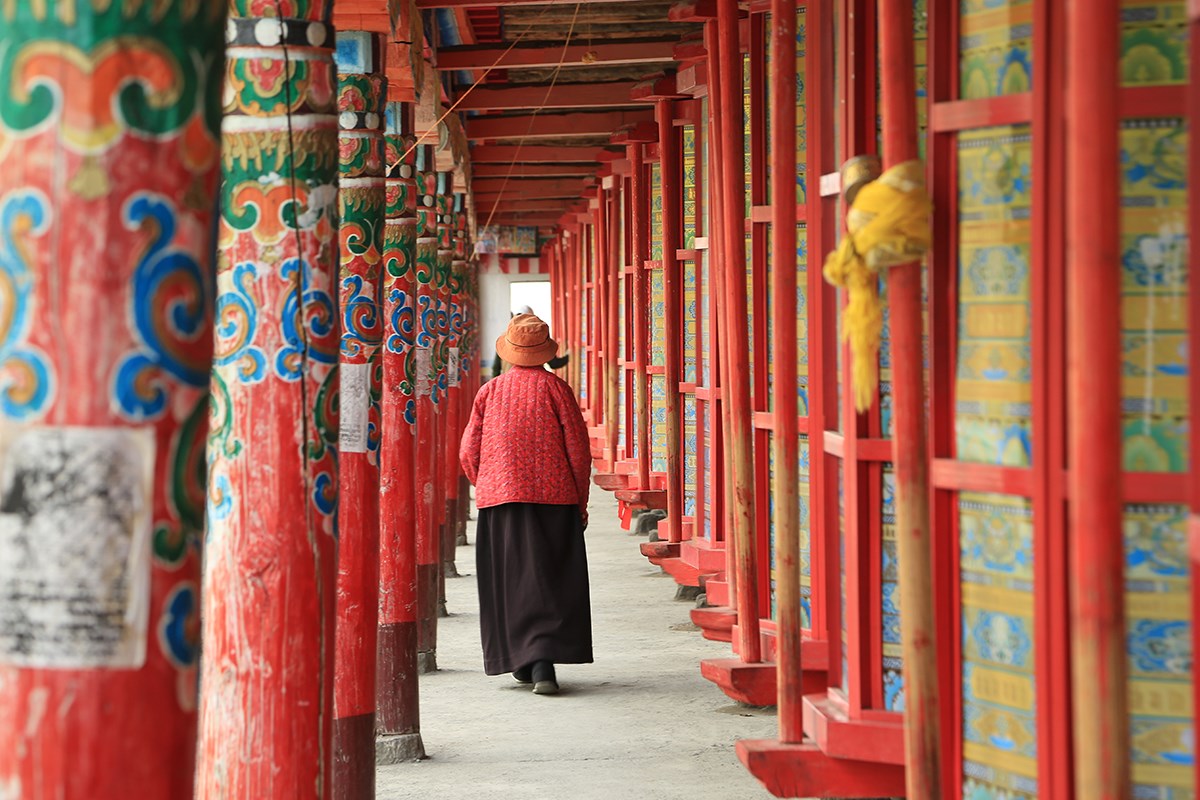
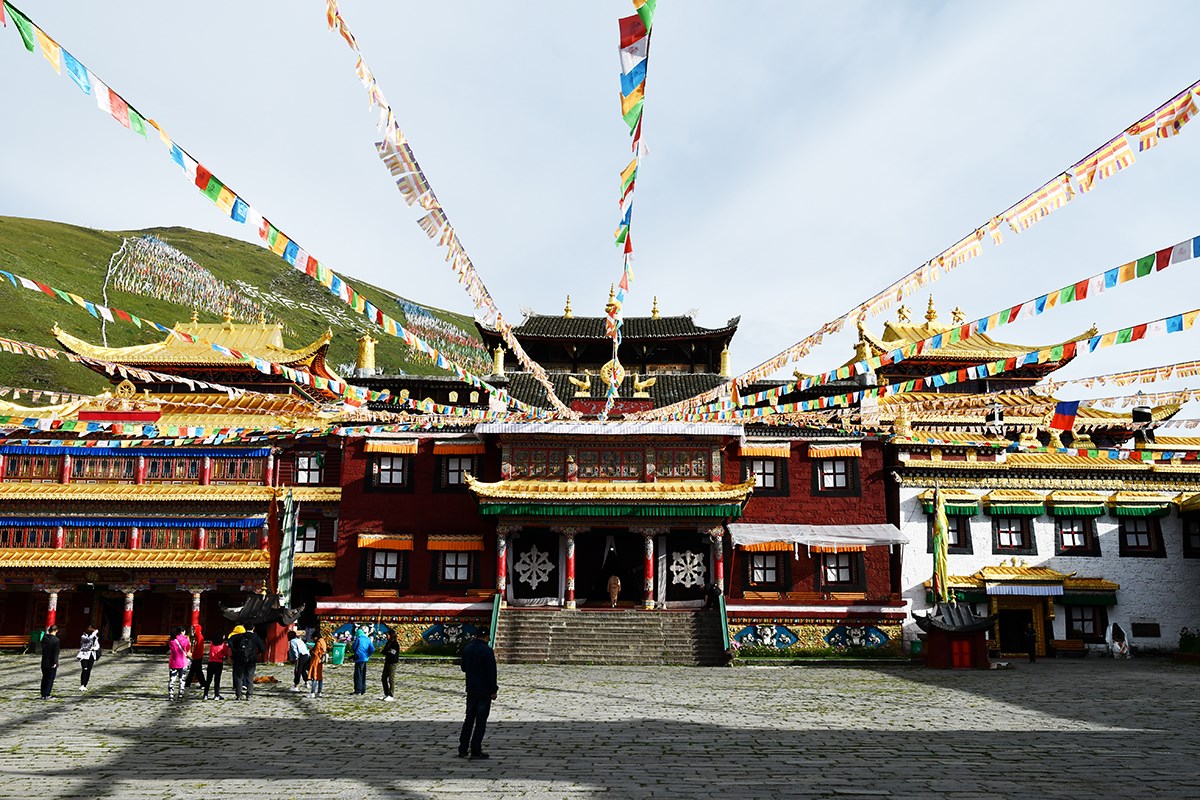
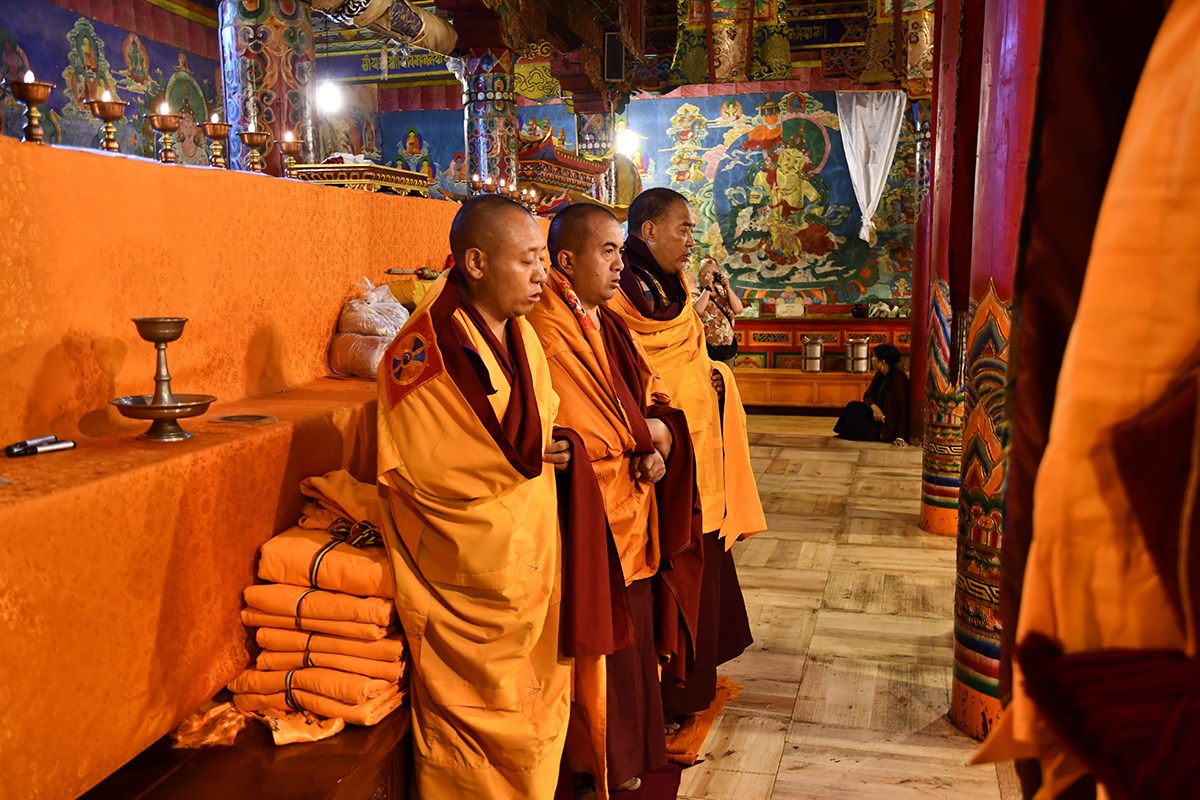
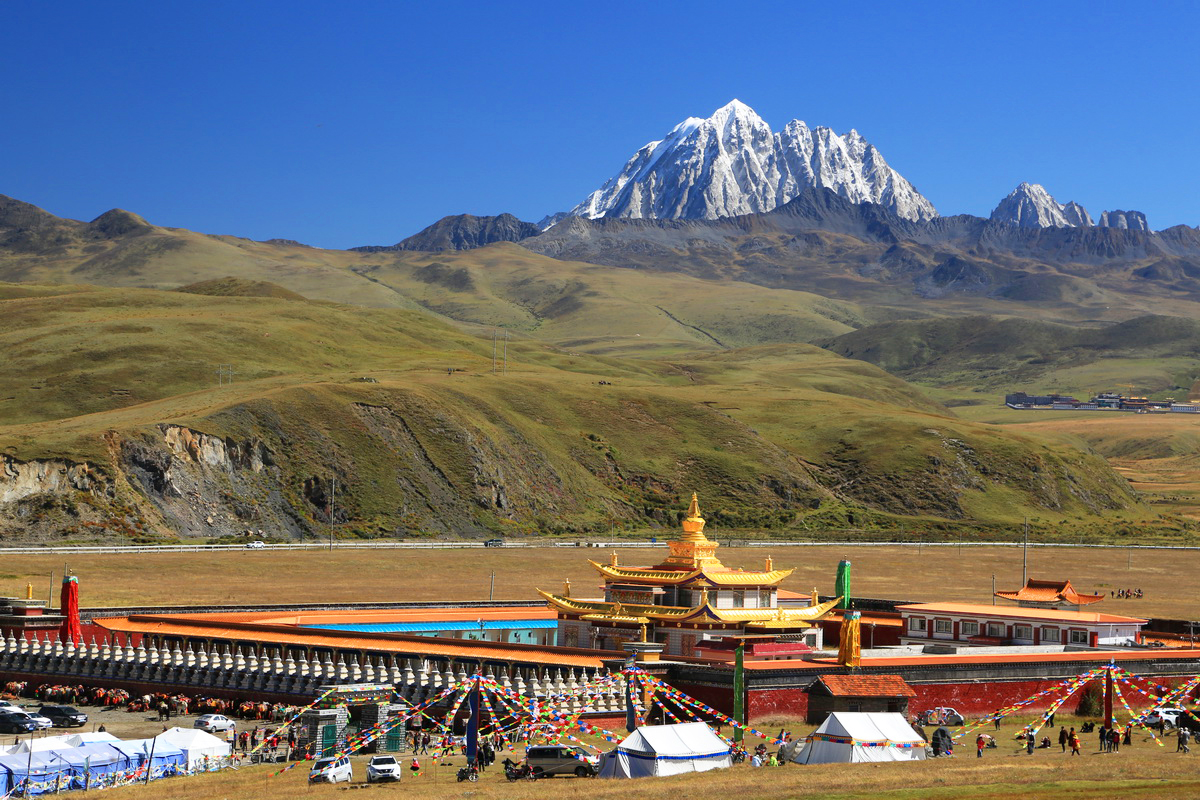
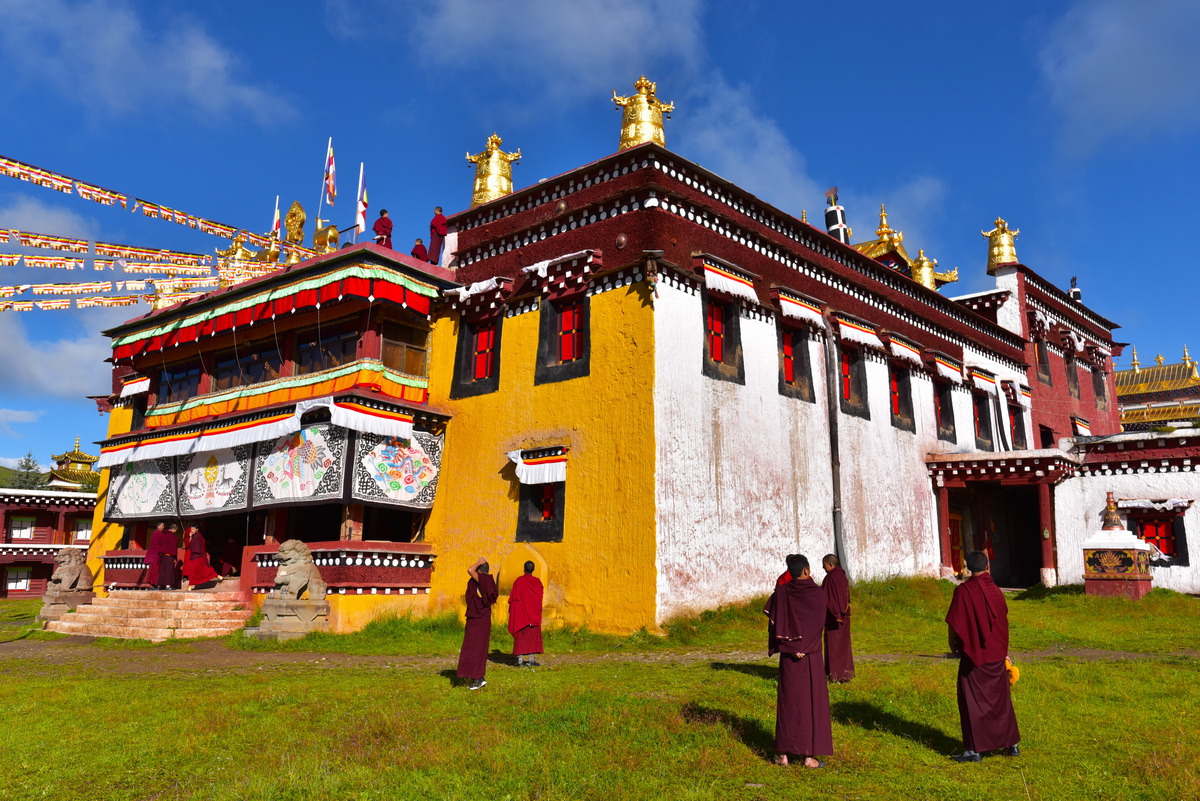
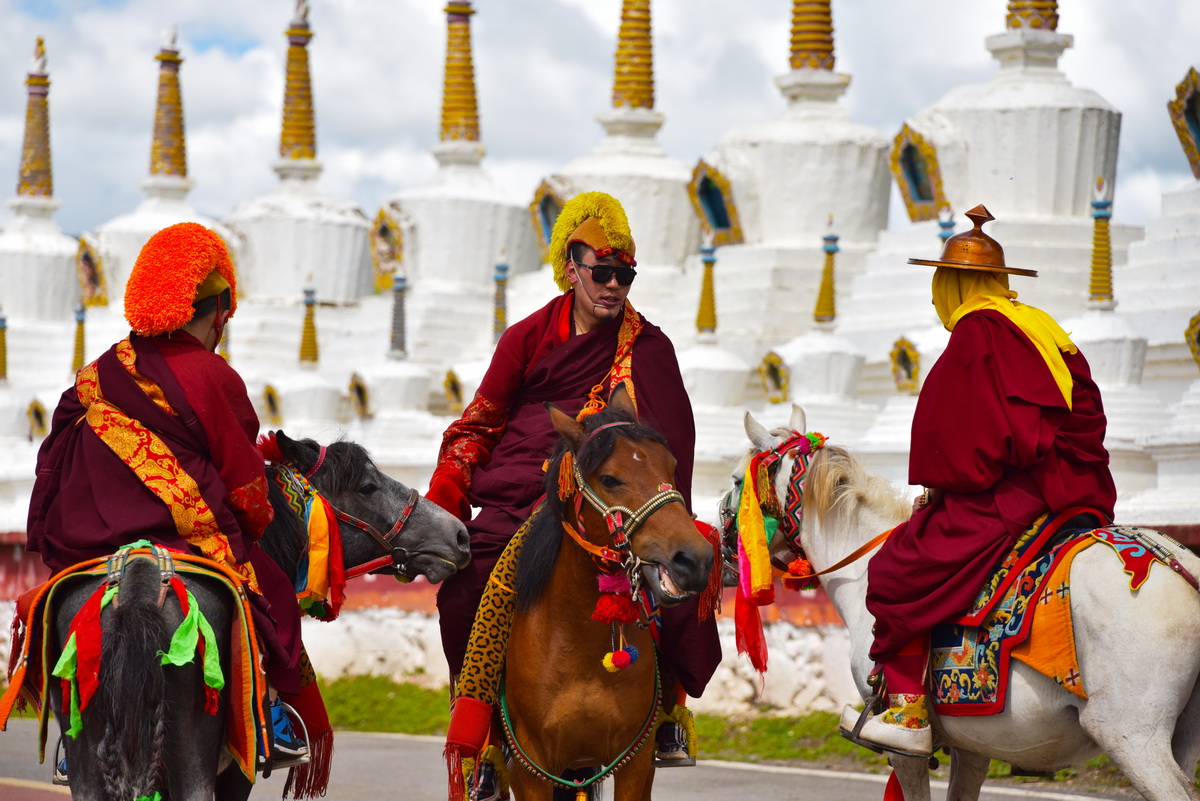
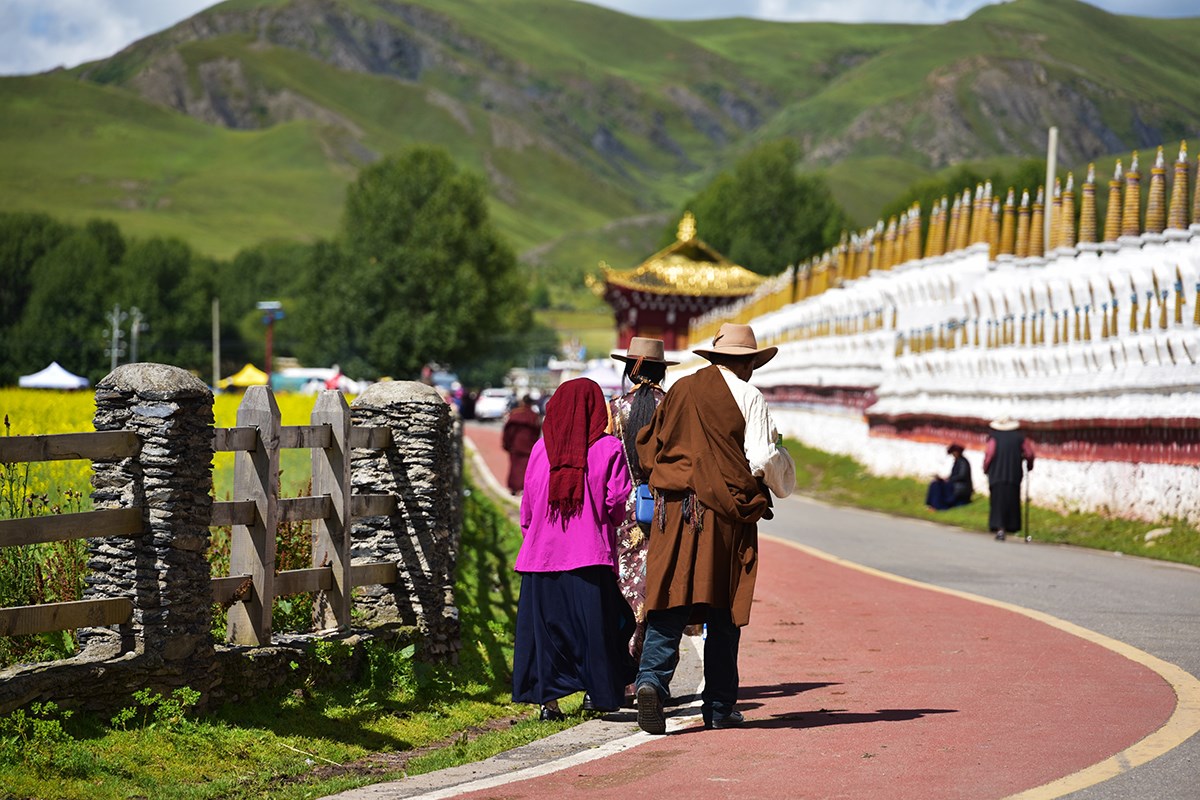
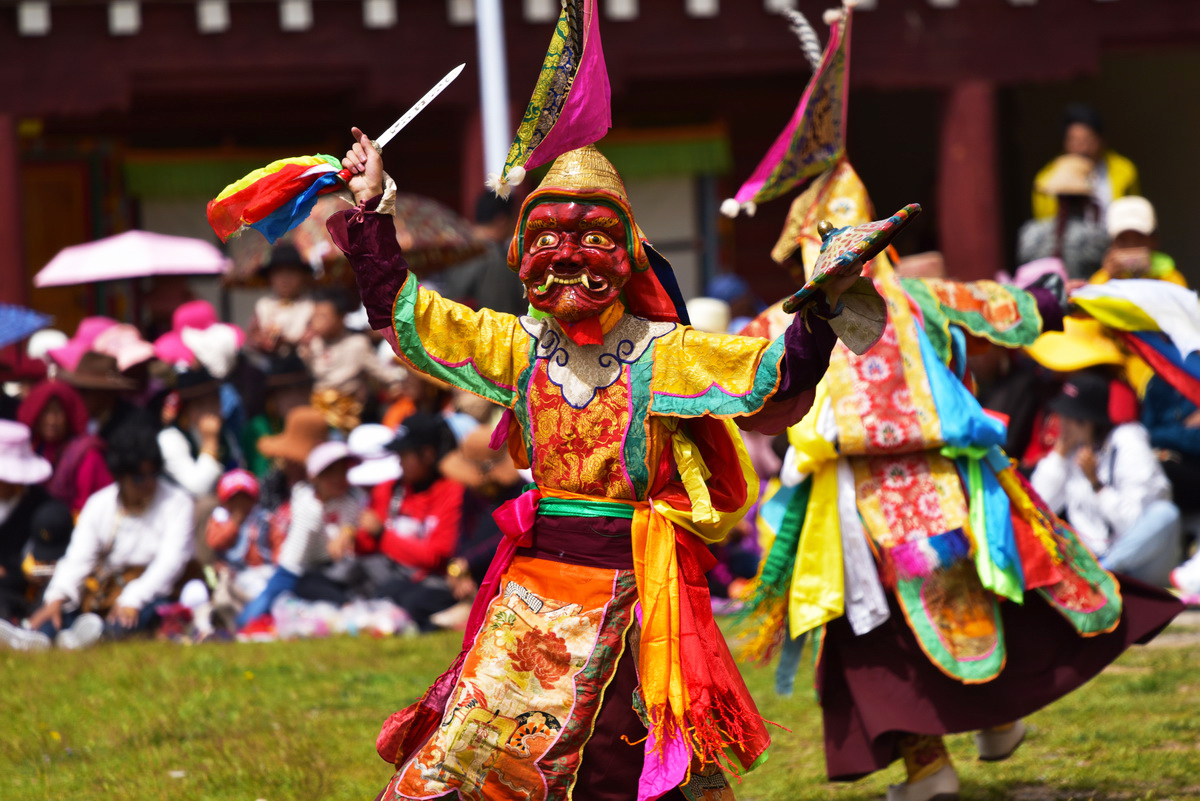
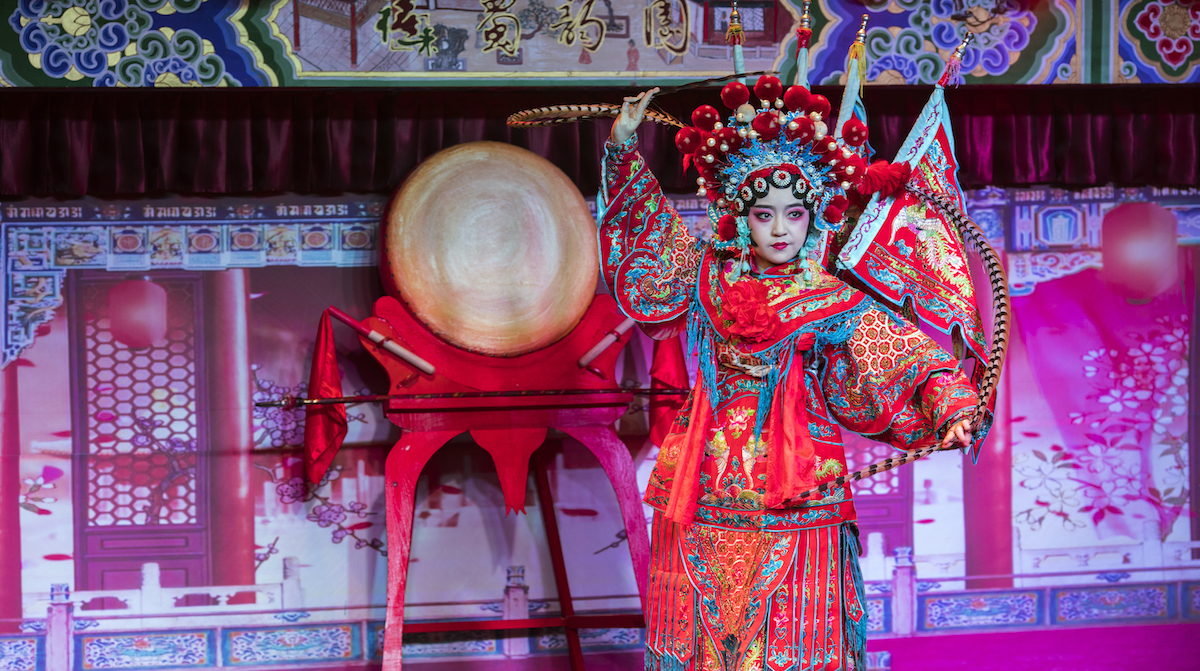
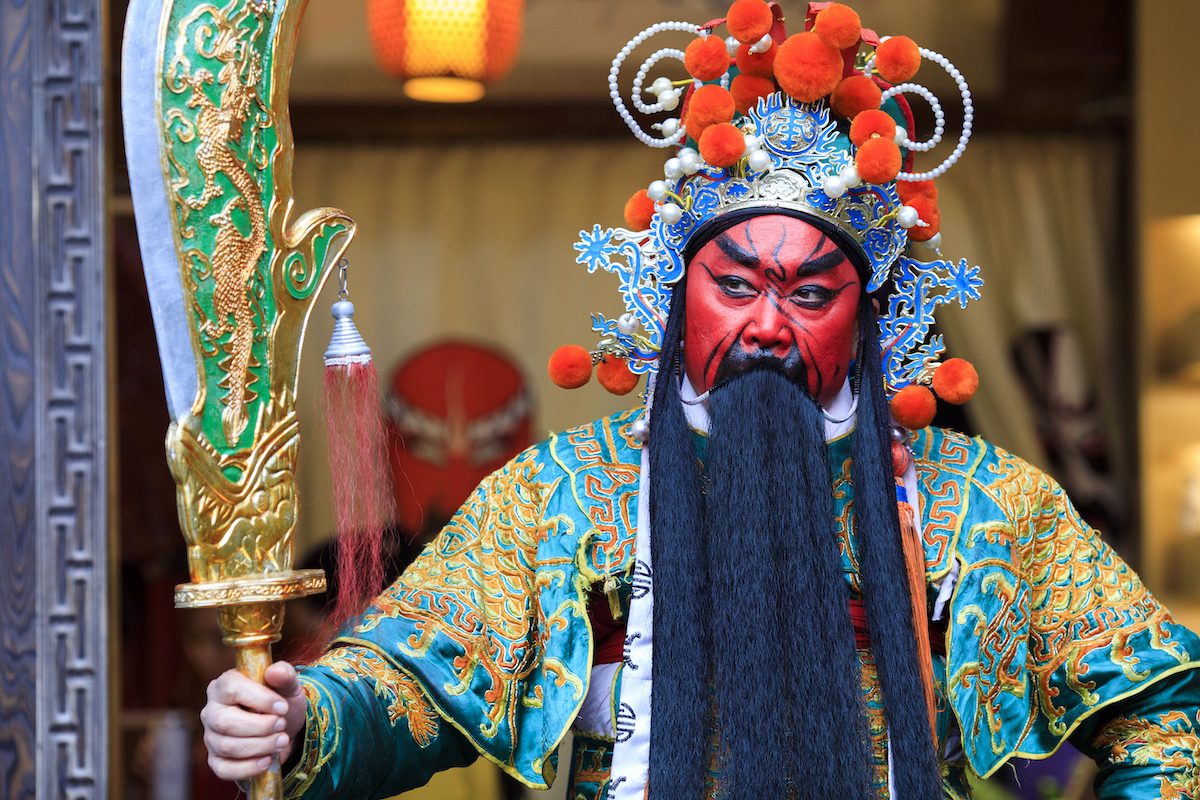 It was Kang who combined these five historic styles to form traditional Sichuan opera. Many of the trademark physical movements and tropes of this style were masterminded by Kang himself. Over time, the style not only absorbed features from the other styles, but started to incorporate elements of the province’s local languages, customs, and folk songs. In this way, it is inextricably linked to Sichuan and its heart will always remain in the provincial capital of Chengdu.
It was Kang who combined these five historic styles to form traditional Sichuan opera. Many of the trademark physical movements and tropes of this style were masterminded by Kang himself. Over time, the style not only absorbed features from the other styles, but started to incorporate elements of the province’s local languages, customs, and folk songs. In this way, it is inextricably linked to Sichuan and its heart will always remain in the provincial capital of Chengdu.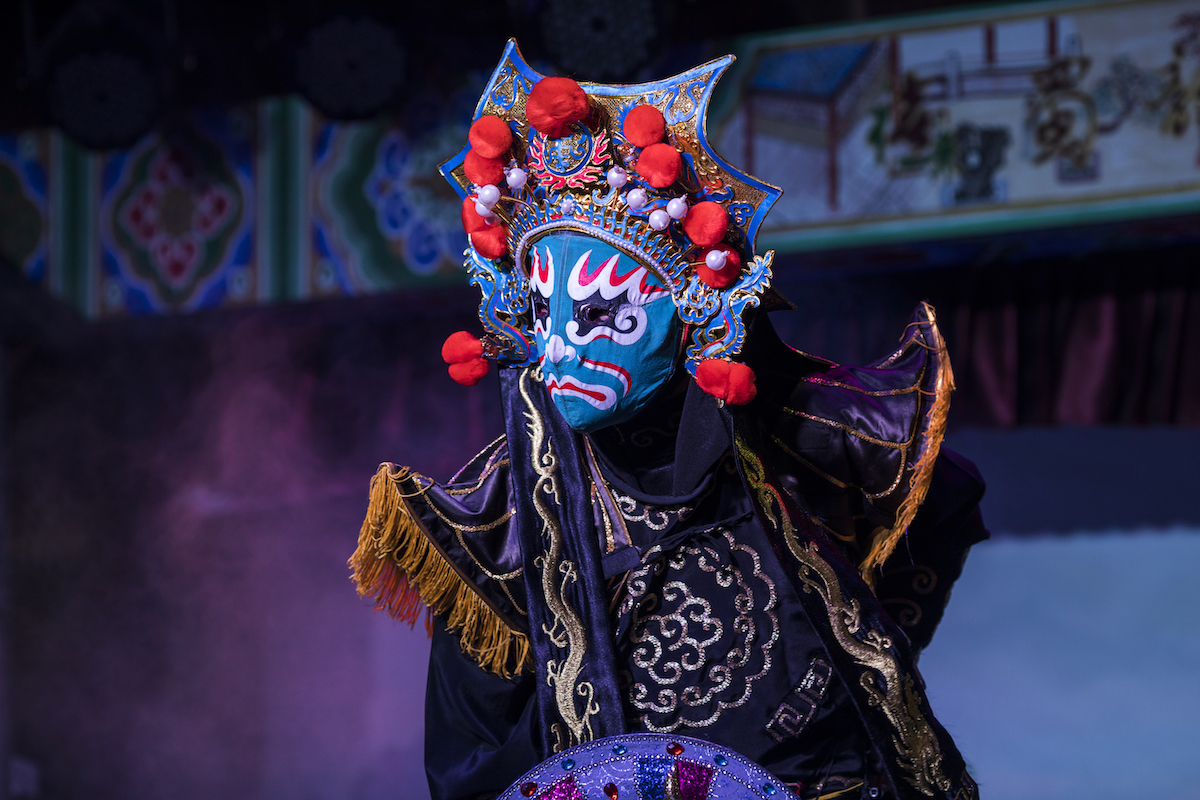 While the traditional formula for the opera is quite systematic, it is punctuated by lively acts of face-changing, beard-changing, fire-spitting, rolling light, and puppetry. The art of face-changing is unique to Chinese opera and has been a closely guarded secret for centuries. It is said the practice originated when ancient people would paint their faces to scare away wild animals, but has since been perfected into a performance art of the highest order. The act involves one performer changing their face mask within the blink of an eye, with masters of the art switching between a staggering 10 masks in less than 20 seconds!
While the traditional formula for the opera is quite systematic, it is punctuated by lively acts of face-changing, beard-changing, fire-spitting, rolling light, and puppetry. The art of face-changing is unique to Chinese opera and has been a closely guarded secret for centuries. It is said the practice originated when ancient people would paint their faces to scare away wild animals, but has since been perfected into a performance art of the highest order. The act involves one performer changing their face mask within the blink of an eye, with masters of the art switching between a staggering 10 masks in less than 20 seconds!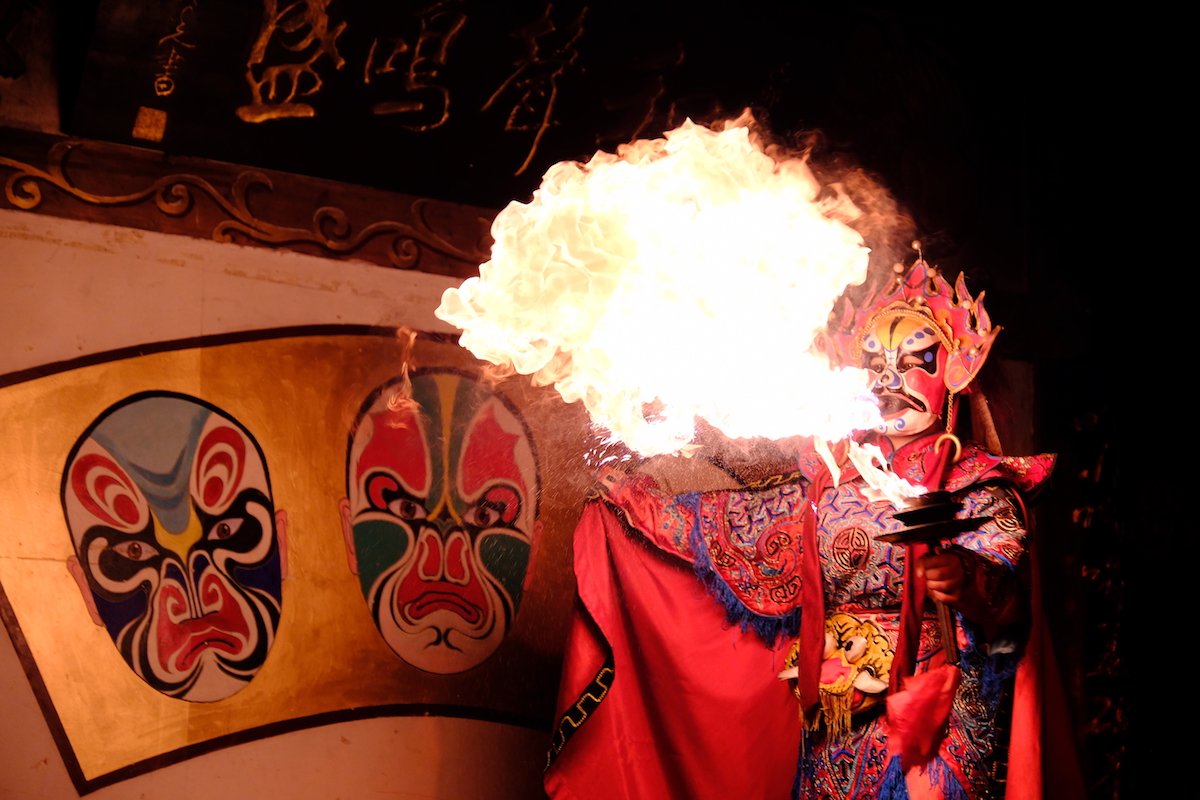 In many cases, face-changing is combined with the fire-spitting act to add an extra dimension of complexity. While fire-spitting is not uncommon in performances throughout the world, actors in Sichuan opera are capable of spitting a fire column that is up to 2 metres (6.6 ft.) in height! In a similarly fiery display, the act known as rolling light involves the actor performing a series of complicated acrobatic moves while balancing a bowl of fire on is head.
In many cases, face-changing is combined with the fire-spitting act to add an extra dimension of complexity. While fire-spitting is not uncommon in performances throughout the world, actors in Sichuan opera are capable of spitting a fire column that is up to 2 metres (6.6 ft.) in height! In a similarly fiery display, the act known as rolling light involves the actor performing a series of complicated acrobatic moves while balancing a bowl of fire on is head.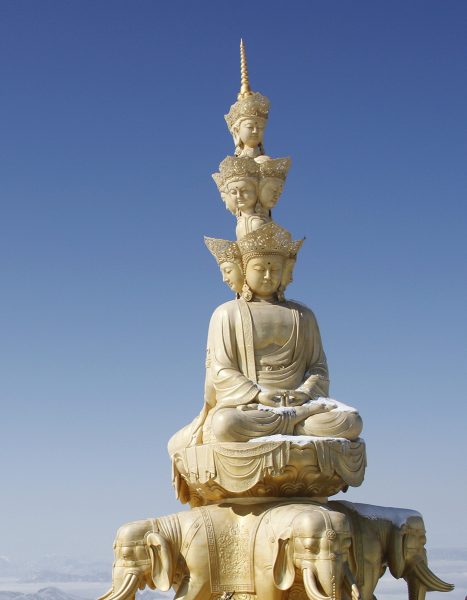 Mount Emei, or “Delicate Eyebrow Mountain”, is so-named because its two major peaks face one another and supposedly resemble the lofty brows of a classical Chinese beauty. The name itself may raise a few eyebrows, but Mount Emei’s unparalleled natural beauty is sure to win the admiration of even the most sceptical tourist! It is classed as one of the Four Sacred Mountains of Chinese Buddhism and its cultural significance, coupled with its spectacular scenery, meant it was designated a UNESCO World Heritage Site in 1996, along with the nearby Leshan Giant Buddha. Reaching a staggering elevation of 3,099 metres (10,167 ft.) at its peak, it is the tallest of the Four Sacred Mountains.
Mount Emei, or “Delicate Eyebrow Mountain”, is so-named because its two major peaks face one another and supposedly resemble the lofty brows of a classical Chinese beauty. The name itself may raise a few eyebrows, but Mount Emei’s unparalleled natural beauty is sure to win the admiration of even the most sceptical tourist! It is classed as one of the Four Sacred Mountains of Chinese Buddhism and its cultural significance, coupled with its spectacular scenery, meant it was designated a UNESCO World Heritage Site in 1996, along with the nearby Leshan Giant Buddha. Reaching a staggering elevation of 3,099 metres (10,167 ft.) at its peak, it is the tallest of the Four Sacred Mountains.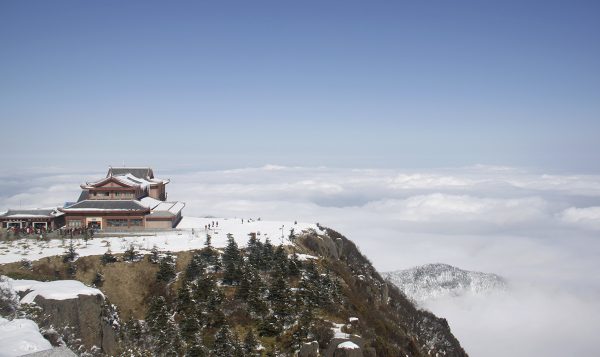





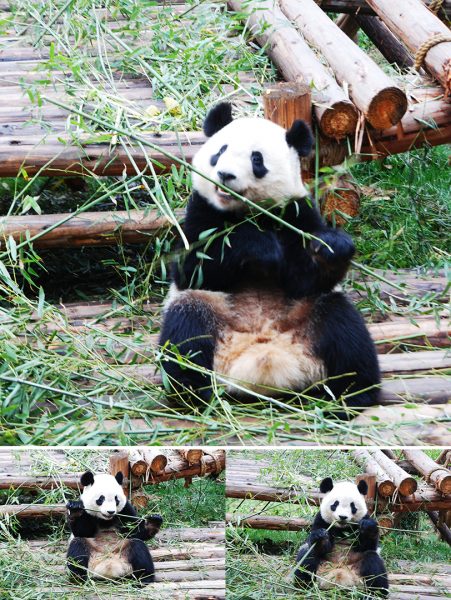 While the southwestern province of Sichuan may be celebrated for its spicy cuisine, renowned for its dynamic style of opera, and heralded as a region of unparalleled natural beauty, it is most well-known as the home of China’s cuddliest inhabitant: the giant panda. In order to protect these gentle giants, the country has taken great pains to establish a number of nature reserves and conservation centres, the most famous of which are located in the area surrounding Sichuan’s Qionglai and Jiajin Mountains. A selection of seven such nature reserves and nine scenic parks were collectively labelled a UNESCO World Heritage Site in 2006 under the title “Sichuan Giant Panda Sanctuaries”.
While the southwestern province of Sichuan may be celebrated for its spicy cuisine, renowned for its dynamic style of opera, and heralded as a region of unparalleled natural beauty, it is most well-known as the home of China’s cuddliest inhabitant: the giant panda. In order to protect these gentle giants, the country has taken great pains to establish a number of nature reserves and conservation centres, the most famous of which are located in the area surrounding Sichuan’s Qionglai and Jiajin Mountains. A selection of seven such nature reserves and nine scenic parks were collectively labelled a UNESCO World Heritage Site in 2006 under the title “Sichuan Giant Panda Sanctuaries”.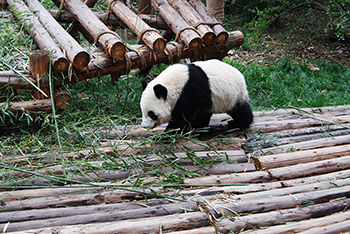 Wolong National Nature Reserve is undoubtedly the most popular and, in spite of suffering serious damage during a major earthquake in 2008, it still attracts over 100,000 visitors every year. The reserve itself was established as early as 1963 and is situated in the Qionglai Mountains region. Over 150 giant pandas call this reserve home, of which sixty-seven are captive and reside in the China Conservation and Research Centre.
Wolong National Nature Reserve is undoubtedly the most popular and, in spite of suffering serious damage during a major earthquake in 2008, it still attracts over 100,000 visitors every year. The reserve itself was established as early as 1963 and is situated in the Qionglai Mountains region. Over 150 giant pandas call this reserve home, of which sixty-seven are captive and reside in the China Conservation and Research Centre.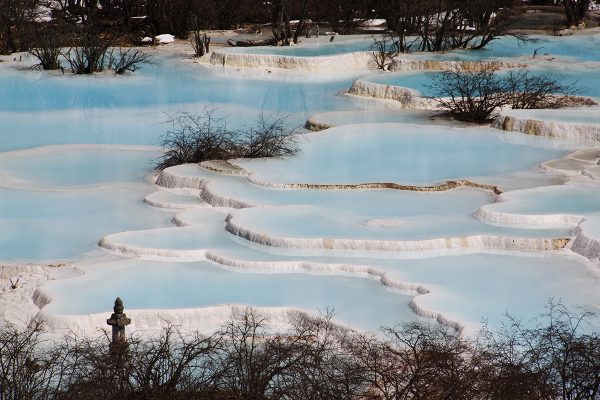
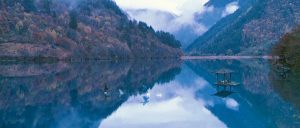
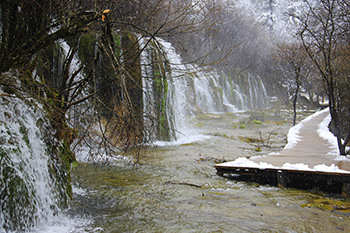 Not to be outdone, Shuzheng Valley possesses a number of legendary sites, although their origin stories are slightly less magical. For example, the largest lake in the valley, Rhinoceros Lake, was reputedly so-named because a Tibetan monk was once riding his rhinoceros through the valley when he became so entranced by the area’s beautiful scenery that he accidentally rode his rhinoceros directly into the lake! Perhaps he was distracted by the glorious Nuorilang Falls, the widest highland waterfall in China and one of the icons of Jiuzhaigou.
Not to be outdone, Shuzheng Valley possesses a number of legendary sites, although their origin stories are slightly less magical. For example, the largest lake in the valley, Rhinoceros Lake, was reputedly so-named because a Tibetan monk was once riding his rhinoceros through the valley when he became so entranced by the area’s beautiful scenery that he accidentally rode his rhinoceros directly into the lake! Perhaps he was distracted by the glorious Nuorilang Falls, the widest highland waterfall in China and one of the icons of Jiuzhaigou.